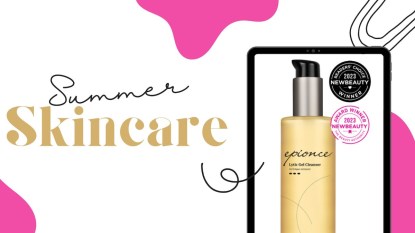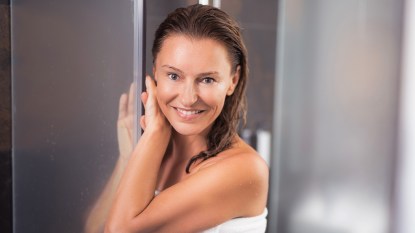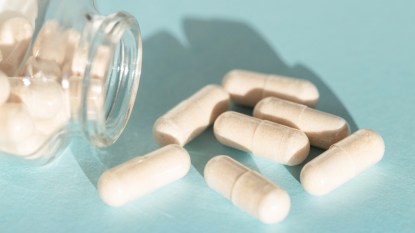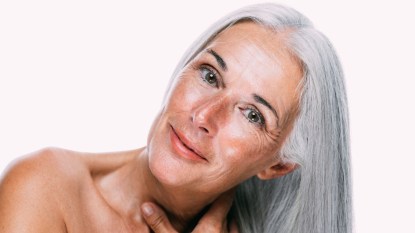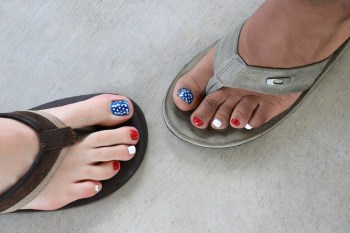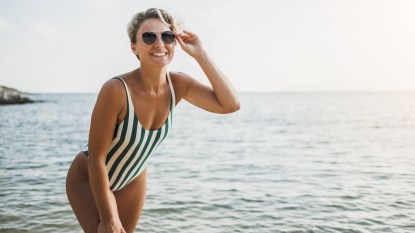How to Use Minoxidil: 4 Hacks That Help the Ingredient Work Better to Reverse Hair Loss
And find out what medication can make minoxidil less effective
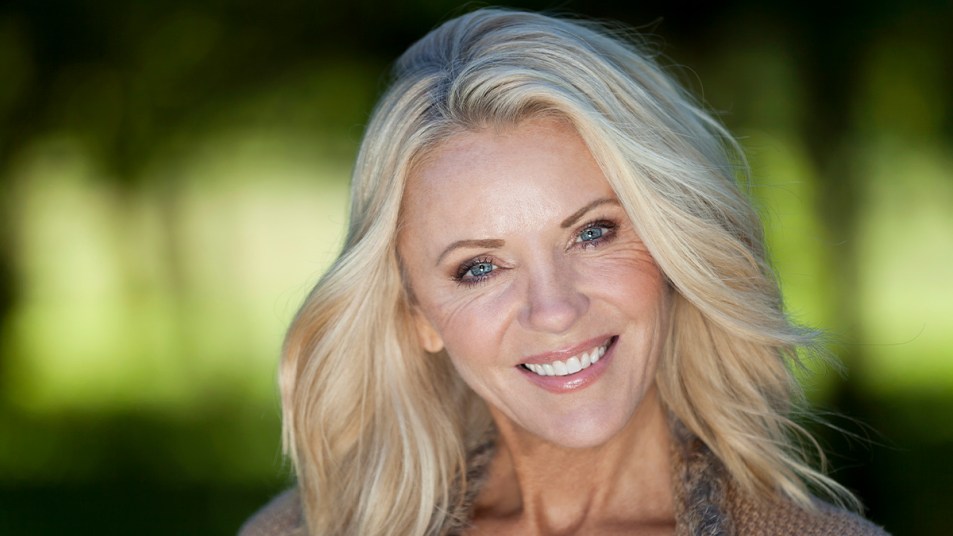
Using minoxidil is a surefire way to help with hair loss. But did you know that how you apply it can make a big difference? We asked experts and found some genius tips for how to use minoxidil that will make the drug perform even better for thicker, fuller hair faster. Plus, if you’ve tried minoxidil in the past and haven’t seen any results, we have some insight into why. Below, four minoxidil hacks so you can get the most out of the powerful ingredient.
Related: How Does Minoxidil Work? Hair Experts Explain Why It’s the Best Ingredient to Treat Thinning Hair
Hacks for how to use minoxidil
“One of the most common things I hear in my clinic is, ‘I tried minoxidil/Rogaine, but it didn’t work,'” says Alan J. Bauman, MD, ABHRS, IAHRS, FISHRS, Founder, CEO & Medical Director of Bauman Medical Hair Transplant & Hair Loss Treatment Center. Thankfully, there are a few ways to use minoxidil to see the best results. Keep scrolling to see them.
Related: 5 Best Minoxidil Products to Treat Thinning Hair for Women Over 50
1. Use a dermaroller before applying minoxidil
Microneedling is commonly done on the face as a method for creating micro-injuries in the skin that help with the absorption of skin care products. That same methodology can be used on the scalp to help minoxidil penetrate deeper for better hair growth results.
“Dermarolling/microneedling the scalp before applying minoxidil creates microtrauma that activates the body’s natural healing pathways, increases blood flow, and creates microchannels in the skin that may enhance the absorption of minoxidil or other topically applied products,” says Dr. Bauman. Indeed, studies have found that the use of microneedling and minoxidil together is effective treatment for spurring hair growth.
But there are risks of microneedling/dermarolling at home, cautions Dr. Bauman. He says these include “over-traumatizing” the scalp (too deep, too often, worn out/damaged tools), which could exacerbate hair loss, infection (from using unclean/non sterile techniques), pain, and bleeding or bruising.
“It is important to note that devices like the derma-pens sold on Amazon are notorious for being quickly contaminated with blood, dirt or debris, are likely not sterile, and can often cause more damage to the skin and scalp than improve hair,” he warns. So when doing this technique, it’s key to properly sterilize the roller in between uses.
For a how-to video and more on the benefits, watch the below TikTok from dermatologist Neera Nathan, MD.
Related: This $9 Skin Care Tool Is Study-Proven to Help Hair Grow in Thicker and Lusher
Pro tip: As dermatologist Shereene Idriss, MD mentions her in TikTok below (among with other beauty tips), use men’s 5% minoxidil over the women’s version. That’s because it can cost less but works exactly the same.
2. Pair minoxidil with retinol
If you’ve tried minoxidil in the past and didn’t notice any results (even after using consistently), there’s an interesting reason as to why this may have happened. In order for minoxidil to work properly, it needs to be converted to its active form, minoxidil sulfate. And this is done by coming into contact with an enzyme called sulfotransferase on the scalp — but if levels of the enzyme are low, then minoxidil will not be effective. Applying tretinoin can enhance this conversion and improve minoxidil absorption.
Enter: Retinol, but specifically Tretinoin, which is only offered as a prescription. This form of retinol can used topically on the scalp (before minoxidil) and helps raise sulfotransferase levels to boost the efficacy of minoxidil. In fact, one study reports that levels were raised after 5 days of using tretinoin.
“It’s important to note that because of one’s unique DNA, treatments may not work the same for everyone. Through TrichoTest — a DNA test — we can predict whether minoxidil may be effective for you,” adds Dr. Bauman. “New information on the genetic variants can help predict your response to oral or topical minoxidil as a hair growth treatment.”
Tip: You can try using an OTC version of retinol on the scalp first to see if it helps with hair growth, as recommended by dermatologist @drcharlesmd1 in the below TikTok.
How taking aspirin can interfere with minoxidil’s efficacy
Dermatologist Sam Ellis, MD notes s in her TikTok video below that taking aspirin daily can also hinder the effectiveness of minoxidil. That’s because it interferes with the levels of the aforementioned enzyme sulfotransferase.
Related: 5 Best Products That Work Like Minoxidil to Reverse Hair Loss in Women Over 40
3. Wash hair with these types of shampoo when using minoxidil

Sudsing up with a shampoo that contains ketoconazole or zinc pyrithione can help minoxidil perform better, as touted by dermatologist Jenny Liu, MD below. Why? “These ingredients have anti-inflammatory and antifungal properties, which help maintain a healthy scalp environment conducive to hair growth,” says Dr. Bauman. “Ketoconazole, in particular, is also known for its mild anti-androgen effects. Note: The androgen dihydrotestosterone (DHT) is a known disruptor of hair growth, he says.
Two shampoos that we like made with these ingredients are Nizoral Anti-Dandruff Shampoo and Dove Dermacare Scalp Anti-Dandruff Shampoo. “However, ketoconazole shampoos in particular, are notoriously harsh on the hair and scalp and can leave the hair dry, dull, and generally in poor aesthetic condition. So there’s a huge tradeoff,” notes Dr. Bauman. “Also, it is inconvenient for many people to allow the recommended time [10 minutes] for the proper absorption of ketoconazole into the scalp/follicles.”
4. Apply minoxidil to brows for thicker arches
Dealing with thinning hair on your brows too? The good news is that you can apply the treatment to them as well to boost hair growth since the ingredient works exactly the same no matter where it is applied. “It should be applied carefully — do not get it in your eye! — and a compounded version is recommended for better absorption and a more comfortable experience.,” says Dr. Bauman. He also notes that “it’s important to remember that minoxidil use is a long-term commitment. “And [it] should be undertaken with the guidance of a board-certified hair restoration physician.”
See the TikTok below from Dr. Nathan for her tips and tricks.
Related: 8 Best Lash Growth Serums That Volumize Thin, Sparse Lashes
See more expert-backed hair growth remedies:
How Laser Hair Therapy Reverses Thinning Hair! Plus the Best at-Home Devices to Use
Menopause Hair Care: What Works Best for Women Over 50, According to Hair Pros
How to Fix a Receding Hairline: The TikTok Tricks That Actually Work for Women Over 50




